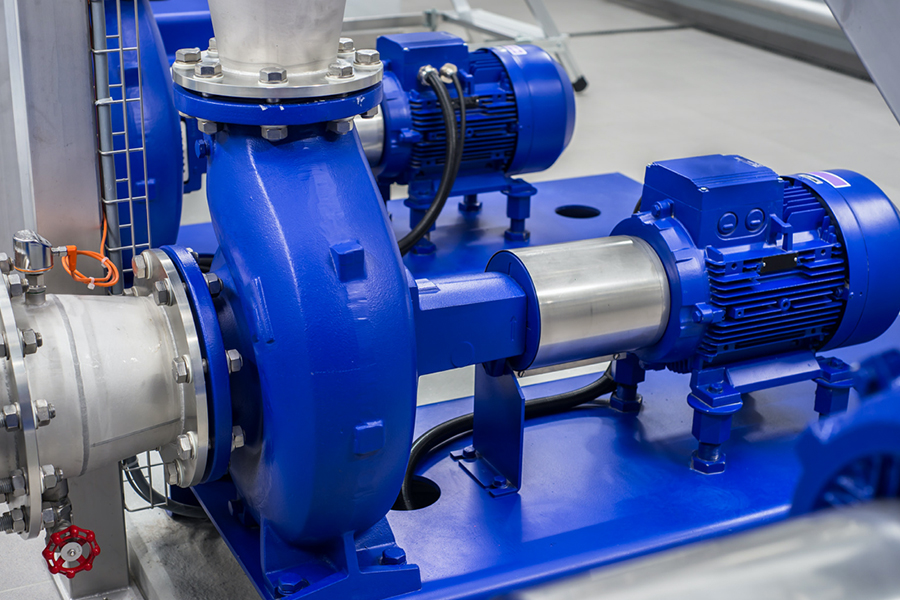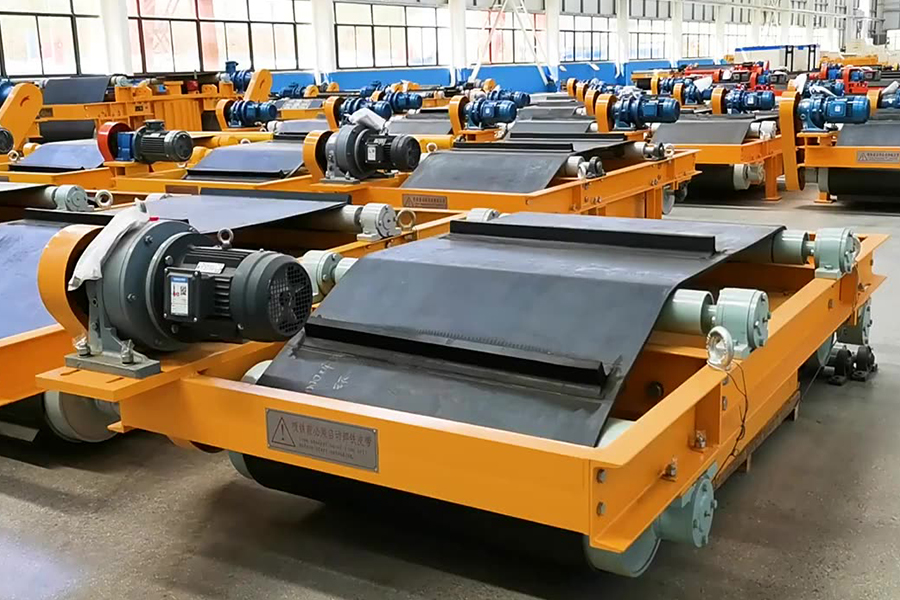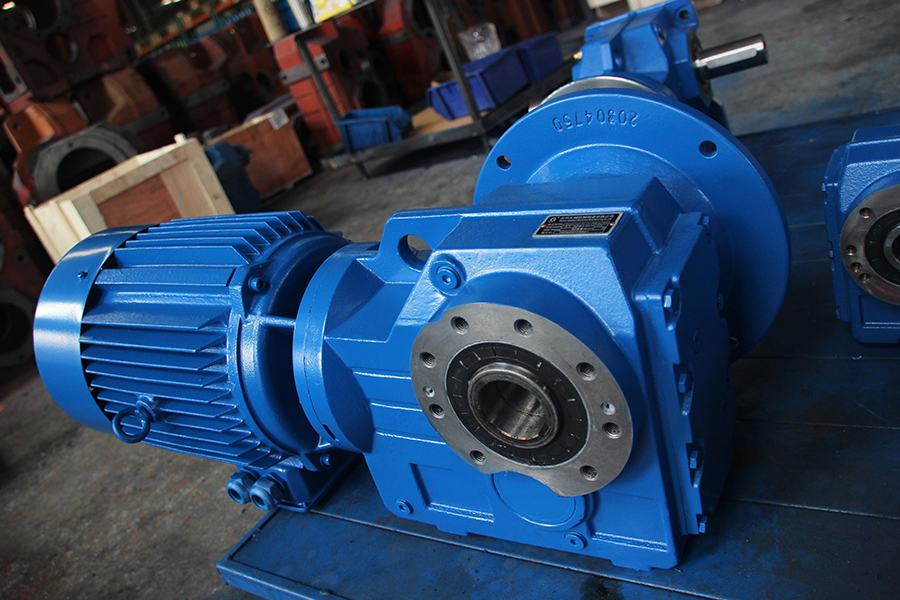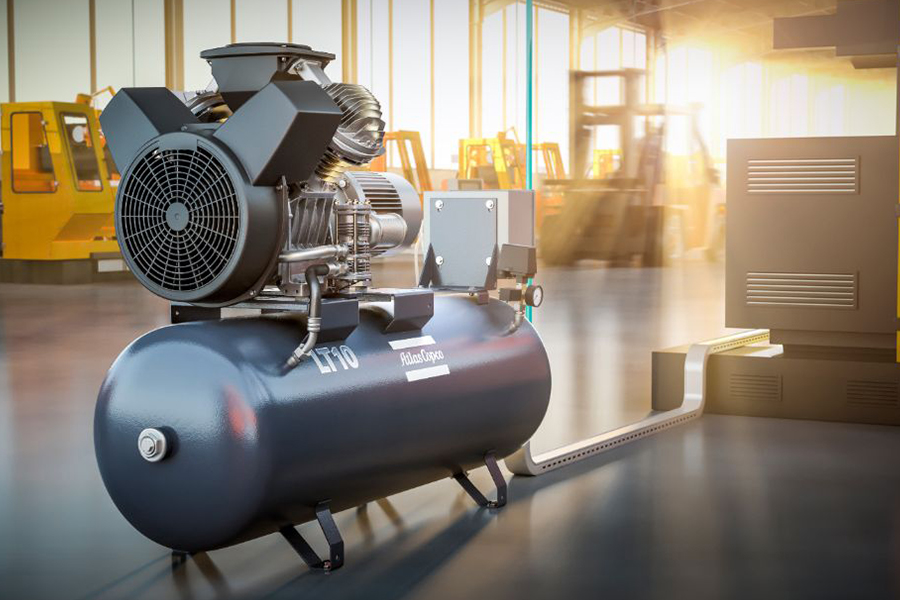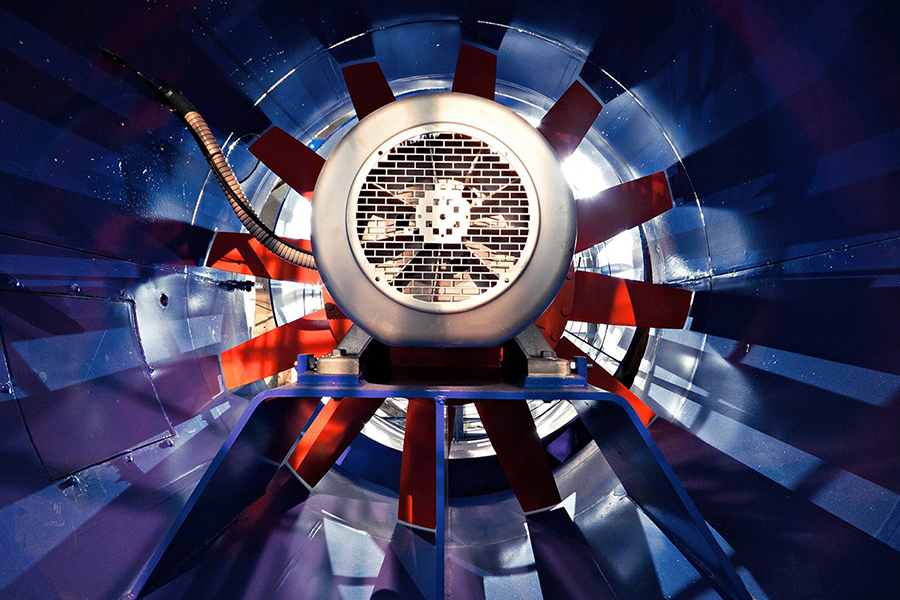Designers frequently compare single phase brake motors and three phase asynchronous motors in engineering discussions when deciding on the ideal drive option. While brake motors are valued for their stopping and holding capabilities, the Three Phase Asynchronous Motor often stands out for its energy efficiency in sustained operation.
Principle of Operation & Efficiency Fundamentals
Rotating Magnetic Field & Slip
A Three Phase Asynchronous Motor operates on electromagnetic induction: the stator, when energized by three-phase AC, produces a rotating magnetic field. This field induces currents in the rotor, which in turn generate torque as the rotor lags slightly behind the rotating magnetic field — this “lag” is called the slip.
Because the motor’s rotor is not synchronized exactly with the stator’s rotating field, energy is constantly transferred, losses occur (in rotor resistance, core losses, etc.), but well-designed motors minimize these losses. The slip is typically small under full load, often just a few percent, which helps maintain high efficiency.
Sources of Losses & Efficiency Measures
To understand how to improve energy efficiency, it’s useful to know where losses occur:
Copper losses (stator & rotor windings) — due to current flow and resistance.
Core (iron) losses — hysteresis and eddy current losses in magnetic circuits.
Mechanical losses — friction, windage, bearing losses.
Stray losses & harmonic losses — minor effects due to manufacturing imperfections and harmonics.
Quality motor manufacturers optimize winding design, lamination materials, cooling, and rotor geometry to minimize these losses. That’s why motors branded as “high-efficiency” or meeting efficiency standards (like IE2/IE3/IE4) tend to perform better in continuous operation.

Energy Efficiency vs. Single Phase Brake Motor
Why Three Phase Asynchronous Motors Tend to Be More Efficient
In many industrial settings, where continuous running is required, a Three Phase Asynchronous Motor often outperforms a Single Phase Brake Motor in energy terms. This is because:
Three-phase power is inherently balanced and enables smoother torque with less pulsation, reducing wasted energy.
The auxiliary winding or capacitor circuits of single-phase motors (especially when incorporating brake circuits) add extra losses.
Heat dissipation, cooling, and electrical losses are better managed in three-phase motors for higher power levels, making them more scalable.
However — and this is important — for lighter loads, intermittent duty, or scenarios where the braking or holding function is critical, a Single Phase Brake Motor may still be appropriate, even if slightly less efficient in raw power conversion.
Practical Strategies to Enhance Efficiency
Here are actionable suggestions when deploying a Three Phase Asynchronous Motor (or in contrast to a Single Phase Brake Motor) to maximize energy savings:
Right-Size the Motor
Select a motor with load matching: oversizing leads to low efficiency at light loads. Undersizing leads to overcurrent and heating losses. Manufacturers often provide efficiency curves.
Use Soft Starters or VFDs
Soft starters reduce inrush current, reduce mechanical stress, and improve power quality. Variable Frequency Drives (VFDs) allow speed regulation, matching motor speed to load demand, reducing energy waste during off-peak load.
Improve Power Factor
Low power factor causes extra current and losses. Use capacitors or synchronous condensers if needed. Some modern VFDs also help with power factor correction.
Maintain Motor & System
Regular lubrication and bearing checks
Clean cooling vents/fins to prevent overheating
Check alignment to reduce vibration and mechanical losses
Monitor insulation condition to prevent increased losses
Monitor & Control
Install monitoring systems (current sensors, temperature, vibration) to track performance and detect deviations early.

 English
English 中文简体
中文简体 عربى
عربى



